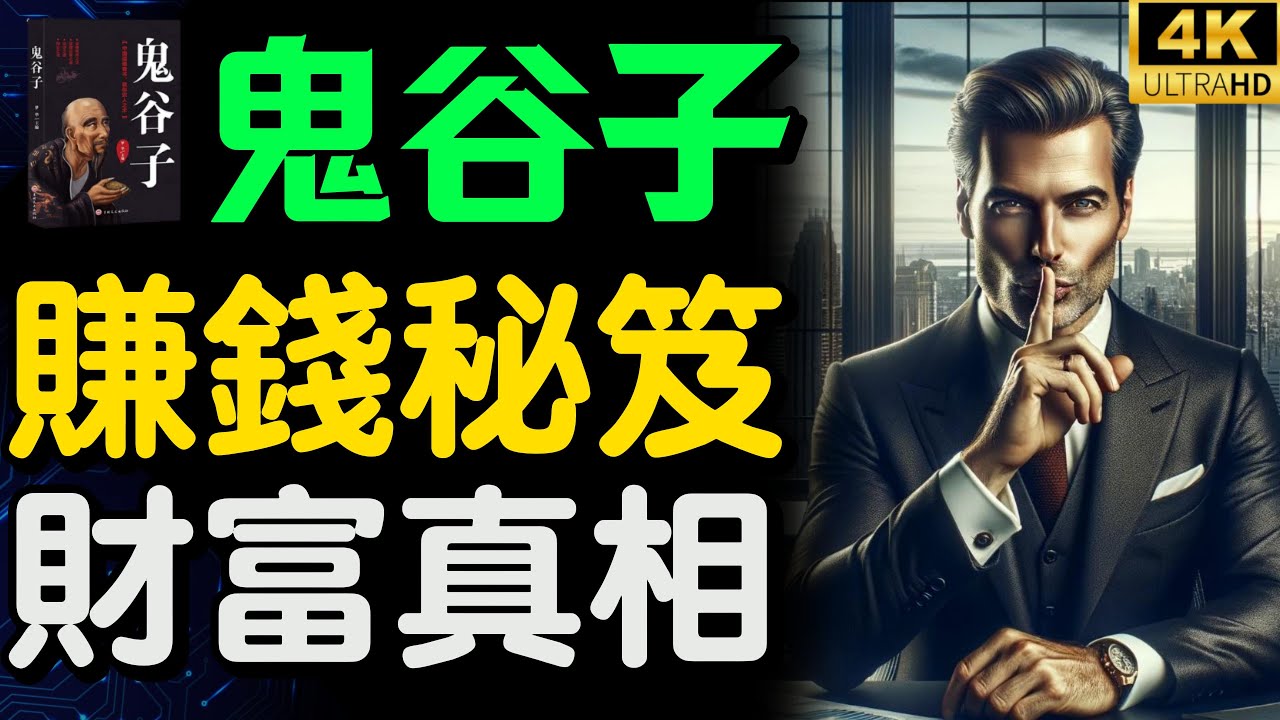Principles of Reward Strategy
Summary
TLDR本视频探讨了奖励策略的原则和重要性,强调了奖励系统对员工动机和组织成功的影响。奖励策略不仅包括薪酬和福利,还包括对员工绩效的认可和激励。视频解释了内在奖励和外在奖励的区别,并强调了根据员工的绩效来分配奖励的重要性。此外,还讨论了实施绩效薪酬计划的先决条件,以及如何设计有效的奖励策略,包括创造积极的奖励体验、与业务目标对齐、扩展员工视野、整合奖励以及奖励个人价值和结果。最后,提出了四个主要的奖励组成部分:个人成长、吸引人的未来、积极的工作环境和全面的薪酬。
Takeaways
- 📚 奖励策略是组织如何思考和应用奖励问题的方式,它包括奖励的类型及其分配。
- 💡 奖励系统是管理用来激励员工的最有效工具之一,反映了管理层的态度、意图和整个组织氛围。
- 🔗 奖励策略是人力资源战略的重要组成部分,与薪酬水平、福利计划、奖励结构、激励、现金奖金、绩效管理、认可和非现金奖励等紧密相关。
- 🌟 员工的内在动机,如成就感、工作满意度、个人成长和地位等,可以显著提高工作效率和专业发展。
- 💰 外在动机基于有形奖励,如加薪、达到销售配额的奖金、带薪休假、公开表扬或奖项、晋升和额外职责。
- 🤔 员工的动机差异可能很大,一个有动力的工作队伍是组织成功的重要因素,而缺乏动力的员工可能会对组织产生负面影响。
- 👥 奖励策略应与学习和发展策略相联系,成为业务战略的一部分,反映管理层对员工的态度和意图。
- 💼 实施绩效薪酬计划需要考虑多个前提条件,如信任和管理层、绩效约束的缺失、训练有素的监督者和管理者、良好的测量系统、支付能力和灵活的报告周期。
- 📈 设计奖励策略时应考虑的原则包括创造积极的奖励体验、与业务目标对齐、扩展员工的视野、整合奖励以及用基本薪酬奖励个体持续的价值。
- 🏆 奖励系统的四个主要组成部分是个人成长、吸引人的未来、积极的工作环境和总薪酬,这些组成部分有助于鼓励员工并使他们成为组织成功的一部分。
Q & A
什么是奖励策略?
-奖励策略决定了奖励管理的创新和发展应该朝哪个方向进行,以及如何支持业务战略,如何整合,优先考虑哪些举措,以及何时实施。它是一种思考方式,可以应用于组织中出现的任何奖励问题,以创造其价值。
为什么员工对组织奖励系统的看法很重要?
-员工通常将组织奖励系统的设计和使用解读为管理层态度、意图以及整个组织氛围的反映。因此,组织奖励系统是管理层最有力的激励工具之一。
组织奖励系统包括哪些部分?
-组织奖励系统包括要提供的奖励类型及其分配。它由内在奖励和外在奖励组成,是员工因工作表现而获得的积极成果。
内在奖励和外在奖励有什么区别?
-内在奖励是个人内在的,由个人兴趣或享受驱动,与工作本身有关。而外在奖励则是由外部提供,通常由主管或经理提供,与金钱等有形奖励有关。
为什么内在奖励对员工很重要?
-内在奖励,如成就感、工作满意度、个人成长和地位等,可以激发员工在更高水平上工作,推动他们专业发展。赫茨伯格的动机理论也发现,内在奖励在提高员工动机方面比金钱奖励更强大。
外在奖励在工作场所如何起作用?
-外在奖励,如加薪、达到某些配额的奖金、带薪休假、公开表扬、晋升和额外职责等,可以因为薪酬、休假、晋升和认可对大多数员工很重要,从而激励员工。
实施绩效薪酬计划需要哪些前提条件?
-实施绩效薪酬计划需要信任和管理层的支持、没有绩效限制、训练有素的监督者和管理者、良好的测量系统、足够的薪酬预算、明确区分生活成本、资历和绩效以及灵活的报告周期等条件。
设计奖励策略时应考虑哪些原则?
-设计奖励策略时应考虑创造积极和自然的奖励体验、与业务目标对齐、扩展人们的视野、整合奖励以及用基本薪酬奖励个体持续价值等原则。
奖励策略的四个主要组成部分是什么?
-奖励策略的四个主要组成部分包括个人成长(投资于人员发展和培训、绩效管理和职业提升)、吸引人的未来(基于公司愿景和价值观的奖励组件)、积极的工作环境(确保组织内部环境是以人为本的)和总薪酬(包括基本薪酬、变动薪酬、福利、间接薪酬和其他激励措施)。
为什么说奖励系统应该根据组织的价值观和使命来设计?
-奖励系统应该根据组织的价值观和使命来设计,以确保它是员工友好的,并鼓励员工承担组织的责任,从而实现员工和组织目标的一致性。
奖励策略如何与业务战略相联系?
-奖励策略是业务战略的一部分,它反映了管理层对员工的态度和意图,确保奖励与组织目标一致,并通过奖励实现组织的成功。
为什么动机对组织成功至关重要?
-动机可以显著影响组织的成功。当员工被激励在更高水平上工作时,整个组织运行得更有效,更能实现其目标。相比之下,缺乏动机的员工可能会破坏组织并分散其他员工的工作注意力。
Outlines

This section is available to paid users only. Please upgrade to access this part.
Upgrade NowMindmap

This section is available to paid users only. Please upgrade to access this part.
Upgrade NowKeywords

This section is available to paid users only. Please upgrade to access this part.
Upgrade NowHighlights

This section is available to paid users only. Please upgrade to access this part.
Upgrade NowTranscripts

This section is available to paid users only. Please upgrade to access this part.
Upgrade NowBrowse More Related Video

Rewards Management and types of Rewards Part 1

鬼谷子賺錢秘籍 | 揭秘財富真相 | 沒有誰的錢是賺不到的?【財之道】富人思維 財之道 目標設定 財商 賺錢 破局思維 財富自由 認知 財商知識 個人成長 開悟覺醒 反內耗 @moneyrules8

【太强了!必看!】赚钱的策略重复用,瑞典交易员Kristjan的永恒设置,让他9000美元赚到8000万美元的超高盈亏比策略!!! #Kristjan #交易策略 #成交量

Introduction to MIS

Writing a Motivation Letter for the DAAD Scholarship

Gemini October 2024: HUGE Career Shifts & Unexpected Financial Wins! Tarot and Astrology Reading
5.0 / 5 (0 votes)
